Clay soil consists of the smallest and densest particles which can cause drainage problems. It’s quite challenging to deal with clay soil so before starting your vegetable garden you need some special amendments. I agree that handling clay soil can be an uphill task.
If you have clay soil in your garden then it becomes heavy and slimy when wet and goes hard when it is hard. You can convert it into medium rich soil by mixing it with organic matter. After making some research you will come to know that you can manage it properly.
Before maintaining your clay soil you should do some research about the background of your soil. Mostly soil consists of silt, sand, and clay particles. The particles of clay are very smallest, the size of silt particles is intermediate and the last one sand has the largest particles.
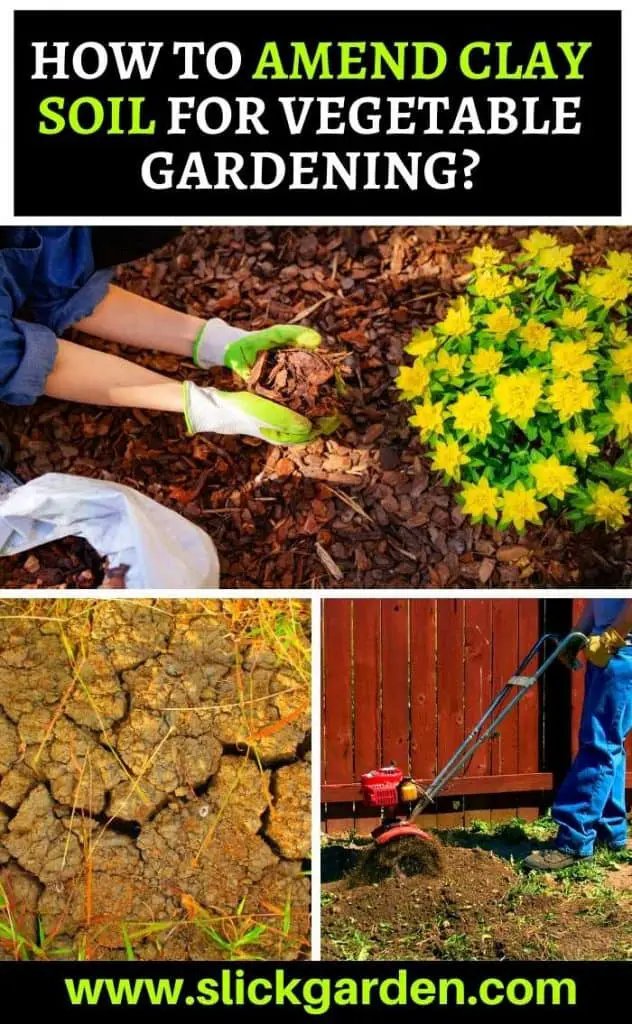
The size of clay particles is so small that they can attach each other by electrochemical forces. The most important thing about clay soil is that it can absorb important nutrients such as potassium, ammonium, calcium, magnesium, and other beneficial elements but all these nutrients are worthless due to the compaction of the soil.
But it is very difficult to grow vegetables in clay soil because it is very tough to till and difficult for the delicate roots of your vegetable to penetrate. The clay soil easily becomes waterlogged and sticky. If you are living in such an area where you have to wait for the drying of clay soil then you should think about the improvement of your soil.
Clay soil is the most finicky type of soil as it requires more attention and care. If you are a beginner then it is not easy for you to deal with it. In such a condition raised bed is an option for you as you can manage the fertility and drainage quality of the soil. Now we discuss some easy ways to transform clay soil into healthy soil.

CORRECTING CLAY SOIL PROBLEMS
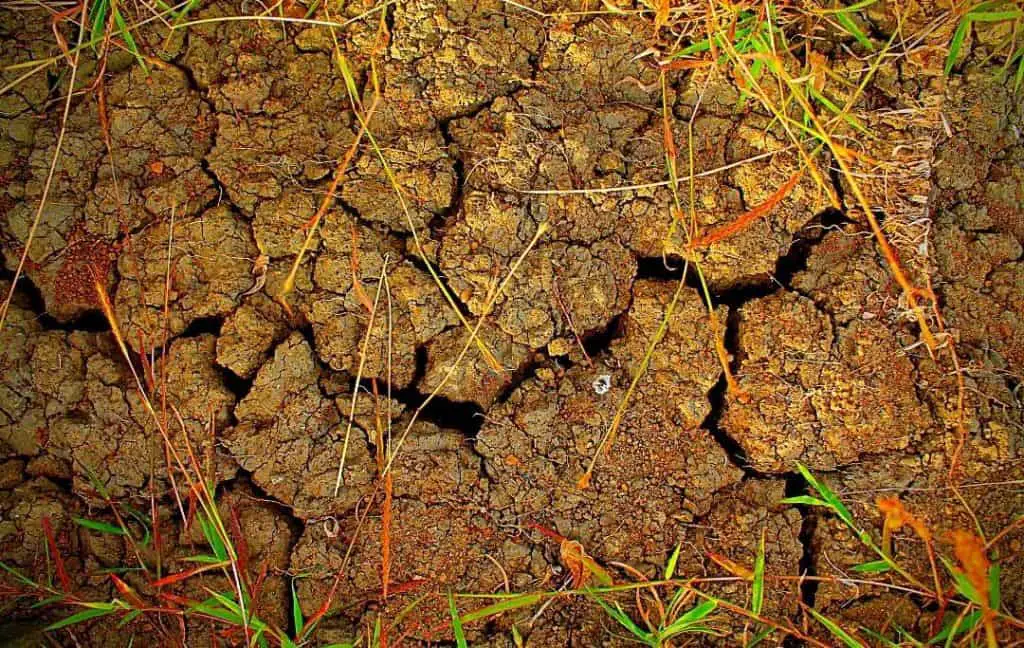
Clay soil is full of nutrients but all of these nutrients are bound up in compact soil. That’s why we can’t take advantage of all its nutrients. Oxygen is very important for plants to access nutrients. In compact and dense soil, plants can’t get access to nutrients.
Aeration is also the cause of the drainage problem. All these problems can result in low yield and your hard work can be lost if you did not give proper attention to the clay soil of your growing area. Mix your existing clay soil with compost fertilizers and other amendments like bone meal and manure which will improve the quality of your soil.
Organic materials are another option to aerate and increase the fertility of the soil. Organic materials such as straws, garden compost, and chopped leaves help you a lot and give a dramatic improvement in the yield of your garden by supplying all basic nutrients to your soil. In this way, both fertility and aeration will be improved.
We are going to give you some tips and tricks which will help you to take out of this problem. Clay soil is very tricky but if you work properly then no one stops you from getting good yield even growing vegetables in the clay soil. You can improve the quality of soil by following these 6 steps, try to deal with your clay soil according to the tips which are going to explain below.
1- CONTOUR THE LAND
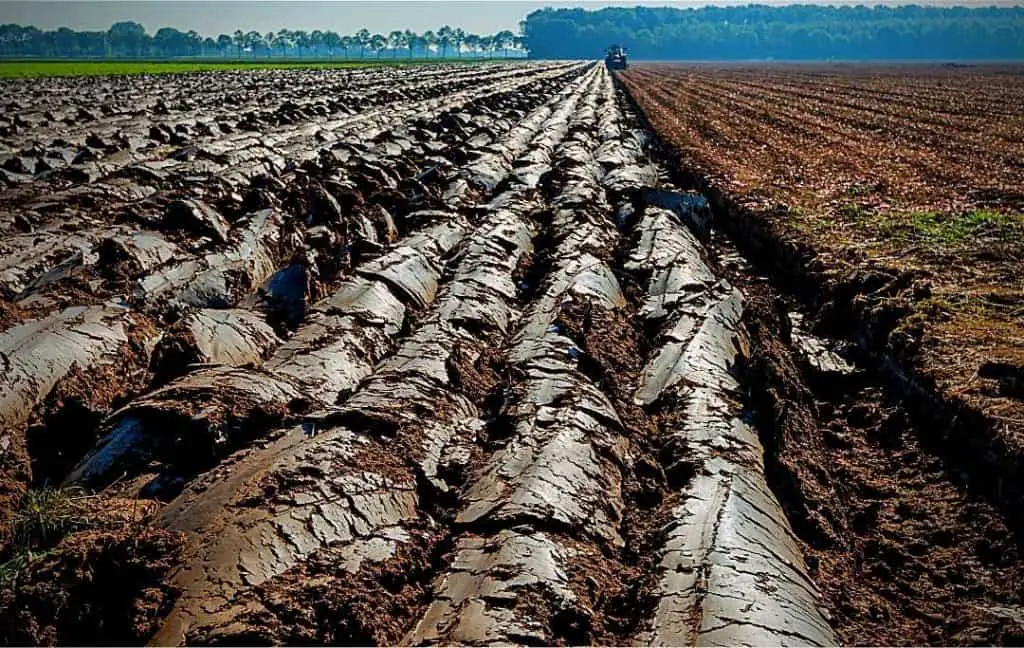
Add contours to your garden, it is necessary because it will help to manage water. As drainage is a big problem of clay soil and contouring prevents your soil from waterlogging. In the low spots of your garden organic matter builds up and high spots dry out faster.
You should follow the first step of contouring before all other steps. It is important to know that the ideal time of contouring is when your soil is full of moisture. But make sure that your soil is not waterlogged.
On the hot days, due to the high heat of the sun, clay soil can easily become compacted. To overcome the drainage problem by contour is the best solution to this problem.
2- AERATE CLAY SOIL
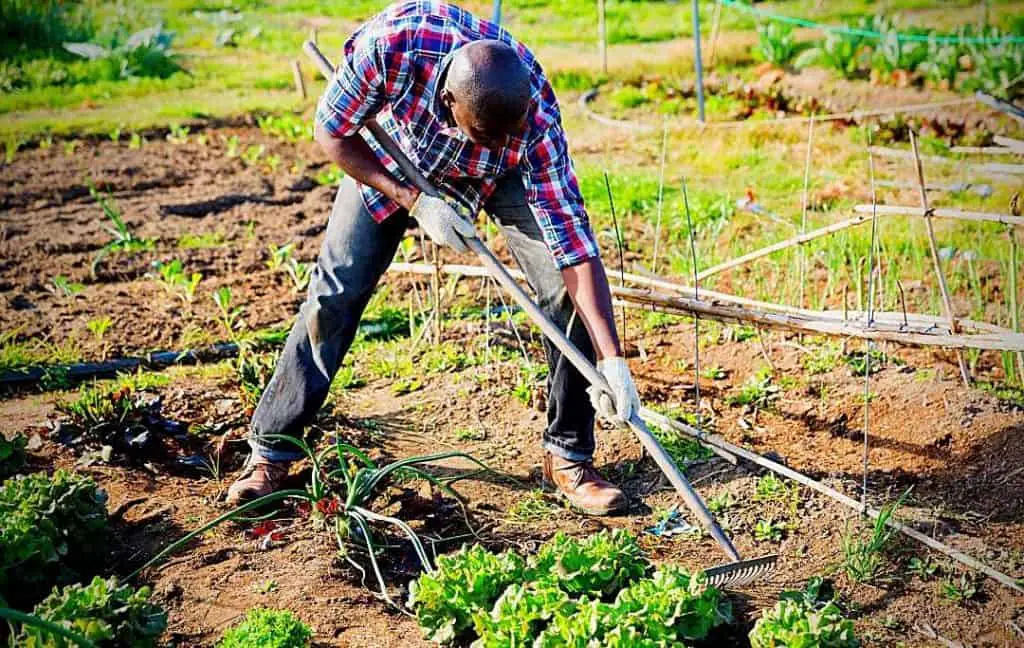
Aeration is the key to the success of getting higher yield although you are growing plants in the clay soil. Before adding organic material to your soil you should aerate the soil.
Air is very important to improve the drainage quality of your soil. If you did not prepare your clay soil then a solid sheet of clay is made underneath the layer of amended soil. There are different tools that you can use for this purpose. Most favorites are broad fork, digging fork, and plug coring aerator. You can use any tool to aerate your soil twice a year. The best time for aeration is:
- First, in the fall as it is the time when your growing season ends.
- Second, in the spring before planting your favorite veggies.
Keep it in your mind that fall aeration is most important as compared to spring aeration because it counters any act of compaction which occurs during the season. The poking holes should be as deep as you can and in the whole area of your garden.
3- ADD SOIL AMENDMENTS TO CLAY SOIL
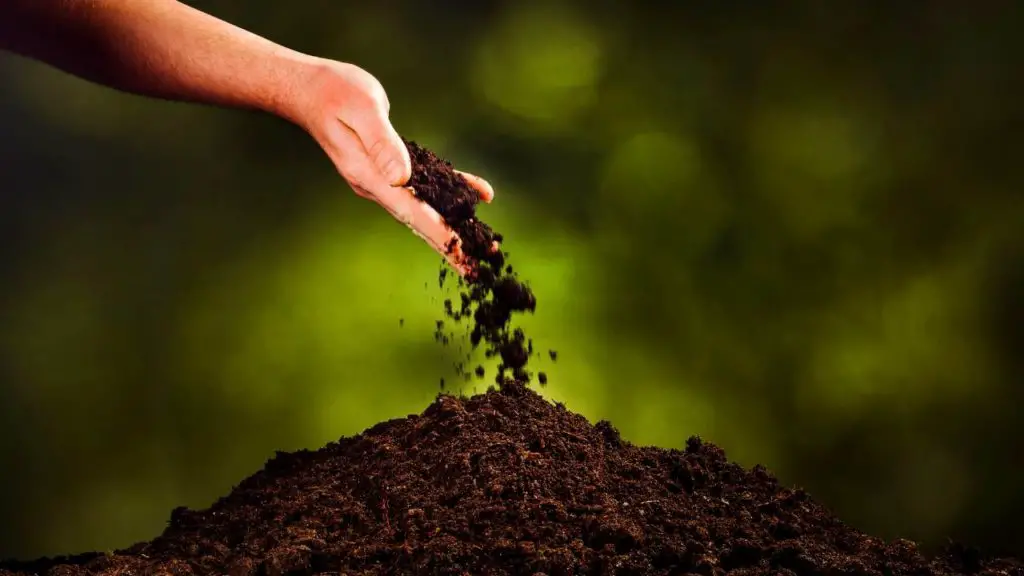
If you add soil amendments following the aeration process then you will see a better result of this act. As rain can wash these amendments into the poking holes ( which you made with the help of tools) and help to make clay soft. For changing the structure of the soil you need a large amount of organic matter.
Before starting maintaining the clay soil first you should do some research about the background of your soil. Now we will discuss some types of organic matter which help to attract microorganisms to speed the process of soil improvement.

SOME TYPES OF AMENDMENTS FOR THE IMPROVEMENT OF SOIL
The following amendments help you a lot to improve the condition of the soil.
COMPOST :
If you are an experienced gardener then you must know about the compost but if you are a beginner then you should do some research about it. You can buy it from any store but if your budget is low then you can prepare it at home.
Waste and rough organic matter improves the aeration quality of the soil. With the addition of compost to your soil, you can maintain the fertility of it as it brings microbes to the soil. Homemade compost is free of cost and performs a good job of excellent soil conditioner.
Vegetables and fruit peels, coffee grounds, and many other materials which are your kitchen waste help you to make your compost for your garden. For making compost at home you need a compost bin and a proper place for placing it.
Read More: HOW TO MAKE A DIY COMPOST BIN
GREEN MANURE :
You can use your green plant matter as a nutrient provider to your clay soil. Just cut the green plants and spread evenly on the other areas of your garden.
LEAF MOLD :
The leaves that decomposed for a year turn into leaf mold and work as black gold for your garden soil.
WORM CASTING
Your soil can get minerals, nitrogen, and humus from worm castings.
LIVESTOCK MANURES
Composted manure can act as an excellent soil conditioner for your plants. Keep in mind that add manure after the step of aeration doesn’t spread it on frozen or waterlogged soil.
Read More: What To Or What Not To Compost?
4- PLANT A COVER CROP
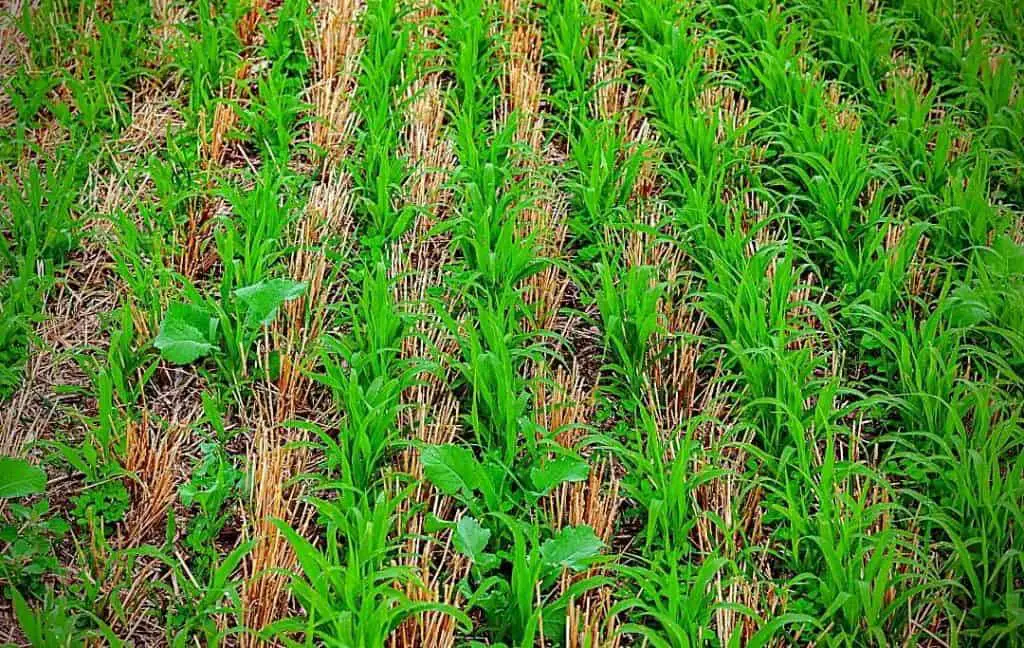
If you cover your crops after the addition or amendment of your choice then it will work very deeply. In this way, you can reduce erosion and enrich your soil with basic nutrients. for this purpose, you can plant weather for summer crops.
Choose the cover crop which is according to your environment. A cold environment is not best for some cover crops so try to plant them in the spring. Some crops required tilling or cutting before planting.
TIP
- The best time for planting fall crops is late summer or early fall. This environment is best for beneficial insects.
- The best time for planting summer cover crops in late spring. In this way, they will help to fill empty spaces in the garden.
5- MULCH APPROPRIATELY
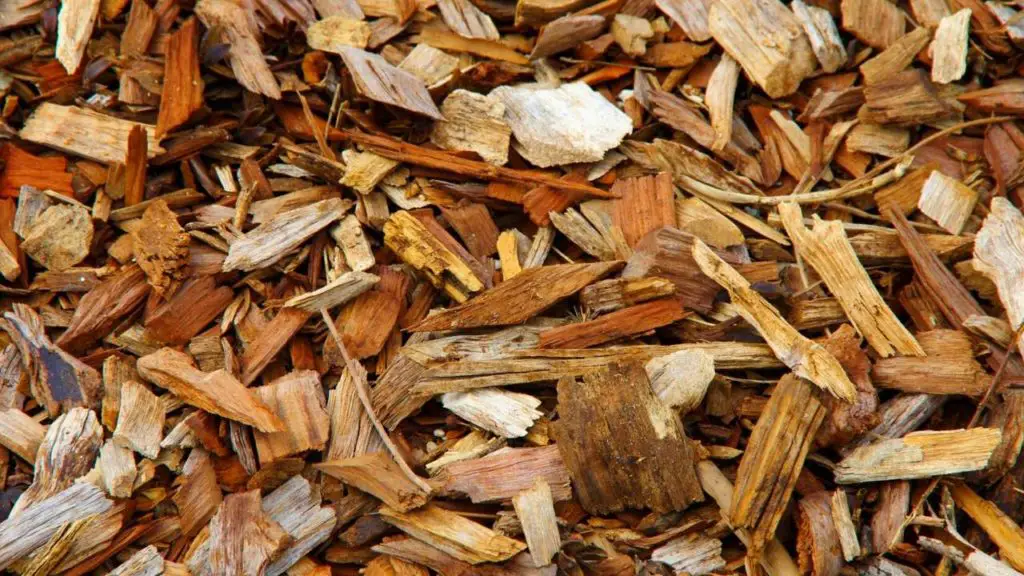
After adding the soil amendment the next step is adding mulch. If you are not planting a cover crop then mulch is very necessary for the improvement of your clay soil. Mulch is an inexpensive way to increase the quality of your soil.
lt can provide an absorptive surface which will help to suck all the extra water that would log itself in the clay. The best mulching material is shredded leaves, they are easily available from your yard and provide proper feed to your soil. Straw and alfalfa are also appropriate materials for mulching.
TIP
During the rainy season don’t mulch heavily. because in this way your soil can’t breathe properly and it will create fungal issues. If you are living in a hot and dry climate then you can mulch heavily to protect the soil.
6- AVOID WALKING IN THE BED
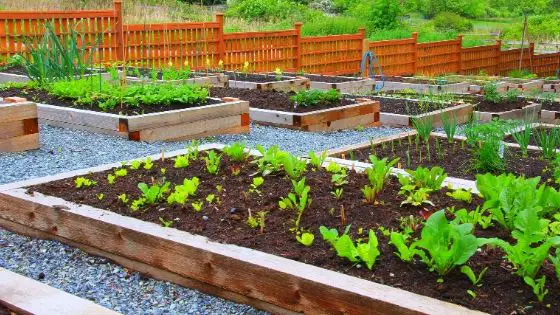
After completing all the steps very carefully, the last thing which is very important and you have to follow is to avoid walking in the beds, because it can cause compaction all over again and all your hard work will be lost.
If you are facing the trouble of dealing with clay soil then you should create raised beds narrow enough so you don’t need to walk.
The best size of a raised bed is 3 feet because this size will help you to reach your plants easily. But you must keep your mind that whatever the size of the bed is, be sure that you will not step on your soil.
Read More: 15 BEST WOODEN RAISED GARDEN BEDS Kits
VEGETABLES WHICH CAN GROW WELL IN DRY SOIL
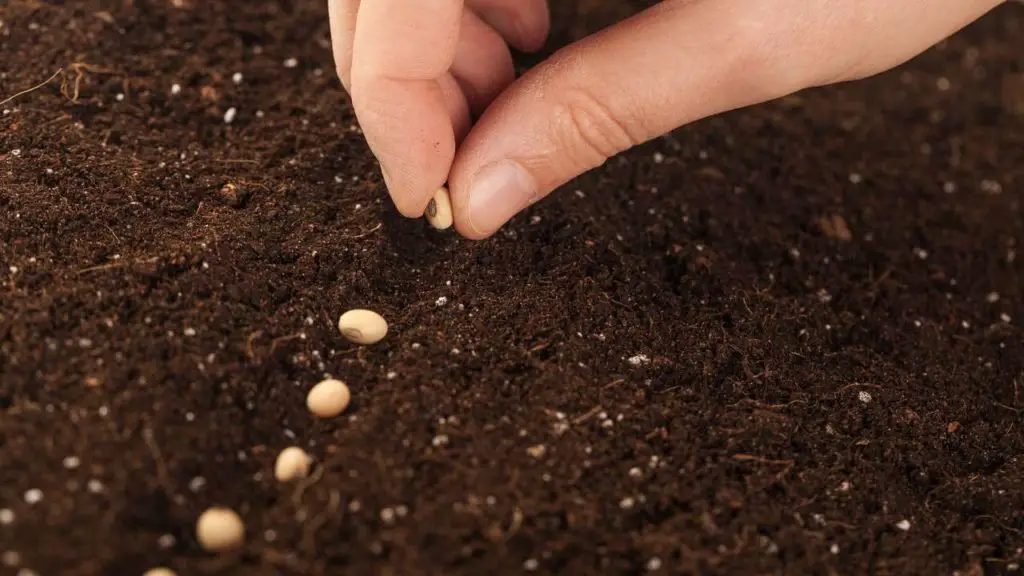
I know it is very difficult to fight with clay soil but there are several benefits of it which we can’t ignore. The most important benefit is that it is rich in nutrients and moisture. The slow-release of minerals such a stroke phosphate and gypsum boost your squirrel’s fertility.
If you are confused that how can vegetables grow in such soil. Then don’t worry some vegetables can grow well and prefer clay such as lettuce, chard beans, and vegetables which has shallow root variables. These vegetables like moisture and clay can retain moisture for a long time. That’s why you can prefer these vegetables to grow in your yard or garden which has clay soil.
Cabbage, broccoli, and Brussels roots also like clay as it can support their roots and provide help them to grow well. Besides these veggies, some types of vegetables can grow anywhere and tolerate the dryness of clay are pumpkins and squash.

Learn More About Amending The Clay Soil:
